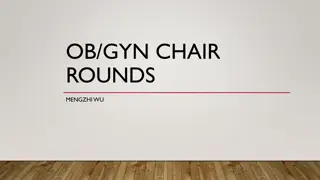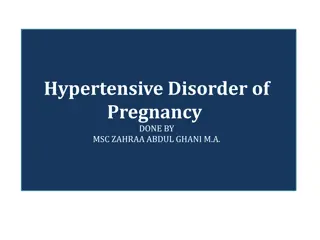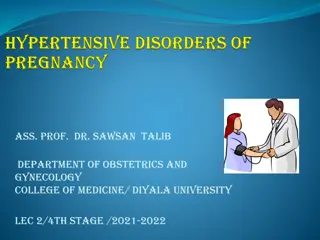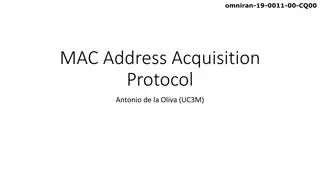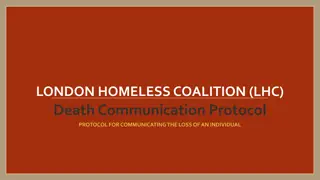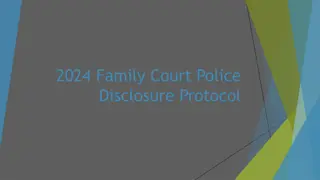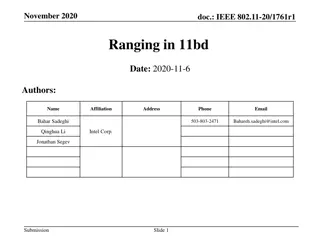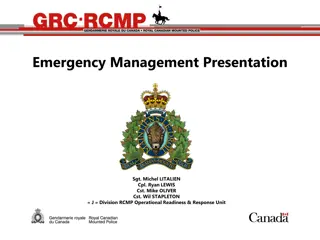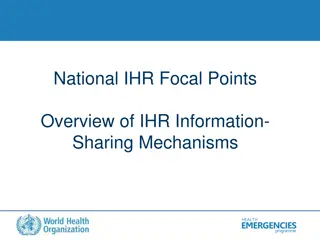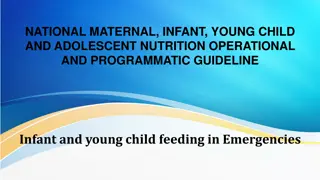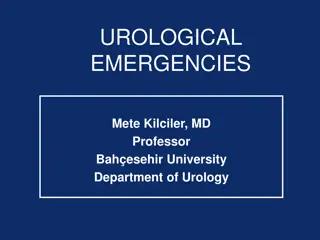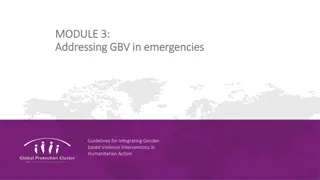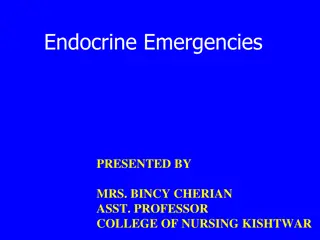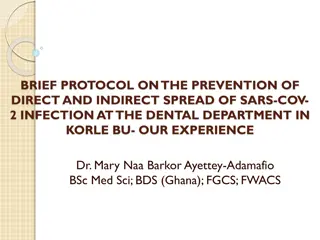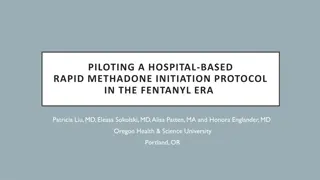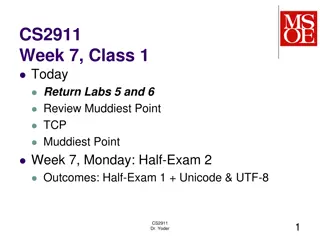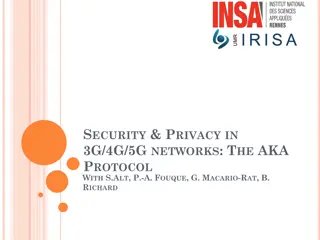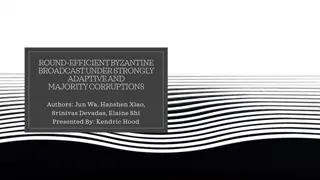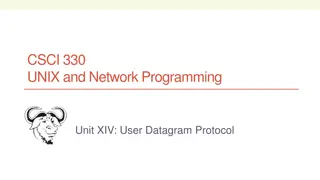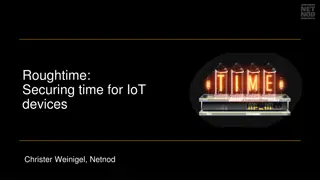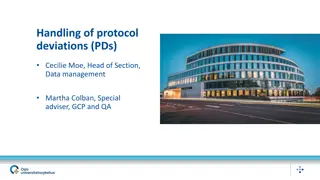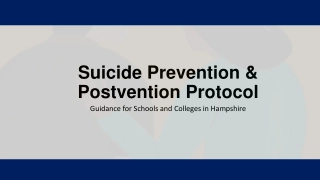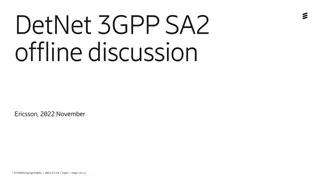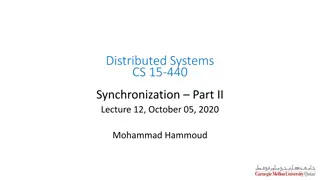Overview of Hypertensive Emergencies and Labetalol Use in SIREMS Protocol
Hypertensive emergencies necessitate rapid blood pressure reduction to prevent organ damage such as renal failure, MI, and stroke. Patients may present with symptoms like chest pain, headache, and altered mental status. Non-compliance and illicit drug use are common causes. Physical findings include elevated blood pressure, palpitations, and altered mental status. Assessment and initial care involve oxygen therapy and labetalol administration under medical control approval. Different protocols exist for ALS and FR/BLS providers. Monitoring and careful management are crucial in treating hypertensive emergencies.
Download Presentation

Please find below an Image/Link to download the presentation.
The content on the website is provided AS IS for your information and personal use only. It may not be sold, licensed, or shared on other websites without obtaining consent from the author. Download presentation by click this link. If you encounter any issues during the download, it is possible that the publisher has removed the file from their server.
E N D
Presentation Transcript
Hypertensive Emergencies and the use of Labetalol SIREMS PROTOCOL UPDATE JULY 2013
Definitions Hypertensive Emergencies Situations that require rapid (within 1 hour) lowering of blood pressure to prevent or limit end organ damage. Hypertensive emergency can cause: Inflammation and leaking of vessels Renal failure MI Stroke Hypertensive encephalopathy Headache, vomiting, altered mental status, vision disturbances, and seizures
Epidemiology and History Hypertensive Emergencies usually occur in patients with a history of hypertension. It often develops rapidly Ask about the use/compliance with prescription medications Non compliance is the most common cause Ask about the use of illicit drugs Amphetamines Cocaine Other sympathomimetics
Physical Findings The patient may present with: Chest Pain Anxiety Headache Blurred vision Vertigo Tinnitus Dyspnea Nosebleed Muscle cramps Palpitations Seizures Wet lung sounds Altered mental status
Physical Findings Patients in hypertensive crisis will look sick Poor General Impression Skin color and condition can vary Hot/flushed to Cool/clammy Strong bounding peripheral pulses Blood Pressure elevated Systolic > 200 mm/Hg Diastolic > 120 mm/Hg Be sure to check blood pressure in both arms in case aortic dissection is present
Treatment Follow Patient Assessment and Initial Care Protocol Oxygen as appropriate Obtain vascular access Cardiac monitor 12 lead ECG Consider the possibility of stroke If symptoms are present, treat per stroke protocol It is dangerous to lower blood pressure during a stroke, consult with Medical Control ALS Providers: after medical Control approval: Consider Labetalol 10 mg, IV/IO over 1-2 minutes
Protocol FR/BLS Definition: Blood Pressure: Systolic >200 mmHg and/or Diastolic >120 mmHg Management Patient Assessment and Initial Care protocol Oxygen therapy as appropriate 1-6 LPM by cannula: minimal distress. 12-15 LPM by NRB mask: moderate/severe distress with signs of hypoxia. 15 LPM by BVM: inadequate rate/effort, severe distress, unstable. Maintain SpO2 > 94% ILS/ALS Initiate vascular access Monitor cardiac rhythm Obtain 12 lead EKG if applicable Consider the possibility of acute stroke If s/s are present, follow Suspected Stroke Protocol If the patient presents with chest pain or pulmonary edema Treat with the appropriate protocol Contact Medical Control (ILS) Consider Nitroglycerin 0.4 mg SL with Medical Control order. (ALS) Consider Labetalol 10 mg IV/IO over 1-2 minutes. Monitor for seizure activity
Labetalol Drug Profile JJ-14 LABETALOL Class: Alpha and Beta adrenergic blocker Description: An alpha1 selective and nonselective beta blocker that is used for lowering blood pressure in hypertensive crisis. Onset and Duration: Onset: Within 5 minutes Duration: 3-6 hours Indications: Hypertensive emergencies Contraindications: Hemodynamically unstable patients STEMI or heart failure Adverse Reactions: Vertigo Headache Edema Fatigue Ventricular dysrhythmias Dyspnea
Labetalol Drug Profile Facial flushing Diaphoresis Bradycardia Nausea/vomiting Tinnitus Drug Interactions: Bronchodilaton effects of beta-adrenergic agonists may be blunted by labetalol. Nitroglycerin may potentiate hypotensive effects. How Supplied: 5 mg/mL vials Dosage and Administration: Hypertensive Crisis (Systolic >200 and/or Diastolic >120): Adult: 10 mg IV/IO slowly over 1-2 minutes. May repeat dose in 10 minutes if needed (maximum 150 mg). Pediatric: Not recommended Special Considerations: Pregnancy class CD B/P, pulse, and ECG should be monitored continuously Monitor for signs of CHF, bradycardia, and bronchospasm



